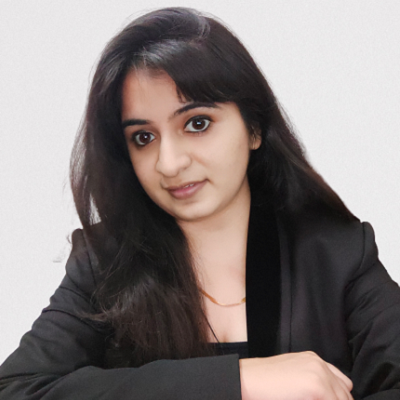ESR4 Project
Development of supported catalysts for continuous flow asymmetric hydrogenation
Recruting institution: UoB
Diploma-delivering institutions: UoB, INPT
Thesis co-directors: Vasile Pârvulescu (UoB, Bucarest, RO), Jérôme Durand and Karine Philippot (LCC, Toulouse, FR), Maryse Gouygou (LCC, FR)
Secondment host: Fundacion Tecnalia Research & Innovation (ES)
Objectives
Develop new supported catalysts for continuous flow asymmetric hydrogenation by immobilizing chiral catalysts (metallic complexes and nanoparticles) on the surface of nanostructured carbon materials (carbon nanotubes and/or graphene) [1-3]. An innovative aspect with the supported nanoparticles will be to take advantage of the strong effect of carbonaceous supports in the activation of hydrogen and of the specific metal-single layer graphene interaction [3, 4]
[1] M.R. Axet, O. Dechy-Cabaret, J. Durand, M. Gouygou, P. Serp, Coord. Chem. Rev.2016, 308, 236–345.
[2] C. Amiens, D. Ciuculescu-Pradines, K. Philippot, Coord. Chem. Rev., 2016, 38, 409-432.
[3] A. Primo, I. Esteve-Adell, S. M. Coman, N. Candu, V. I. Pârvulescu, H. Garcia, Angew. Chem. Int. Ed. 2016, 55, 607-612.
[4] A. Primo, F. Neatu, M. Florea, V.I. Parvulescu, H. Garcia, Nature Commun., 2014, 5, 5291
Expected Results
Achieve a new generation of highly active (TOF ≥ 1000 h-1) and selective catalysts (ee ≥ 95%) in asymmetric hydrogenation of C=C and C=N benchmark substrates. Determine the structure/activity relationships of these catalysts through a rational optimization of the anchoring process taking into account the influence of the nature of the support/catalyst interactions. Rationalization of enantioselectivity in relation with both the substrates, substituents, and the solvent.

Zinnia Arora
PhD student - ESR4
